(Dipsacus species)
Description: Teasel is a biennial, reproducing from seeds. The first year it forms a rosette. The second year an erect, stiff, branched stem grows to a height of 3-9 feet. The leaves are opposite, and the upper pairs are fused by the bases into a cup. The leaves are oblong-lanceolate and irregularly toothed, and prickly along the edges. The pale lavender flowers are in conical heads surrounded by long, ascending bracts exceeding the head. Teasel flowers in July and August. The cone shaped head makes identification of this rapidly spreading weed fairly simple.
Distribution: Teasel was introduced into America as a horticultural plant and for flower arrangements. Teasel is often found around cemeteries where the dried seed heads were used for decoration. Teasel is now found in the southern ½ of Iowa. Johnson County has several populations of this weed, which appears to be spreading from the lack of proper control. Teasel grows in open, sunny habitats, ranging from wet to dry conditions. Teasel sometimes occurs in prairies and savanna’s, but occurs most frequently on pastures, roadsides, dumps, waste areas, and near cemeteries.
What’s the problem?: Teasel produces abundant seed and spreads easily and quickly. This large plant crowds and shades out more desirable native plants. Teasel can also be difficult to control when infestation levels are reached, as large seed banks can stay dormant in the soil for many years. Chapter 317, section 25 of the Code of Iowa states, "A person shall not sell, offer for sale, or distribute teasel (Dipsacus) biennial, ...or the seeds of them in any form in this state. Any person violating the provisions of this section is subject to a fine not exceeding one hundred dollars." Greenhouses, flower shops, etc., may not sell teasel in arrangements. This is to prevent the spread of this invasive and noxious weed.
Management methods: Cutting of plants, prescribed burning, and careful use of herbicides offer the best methods for control. A single seed head can produce 2000 seeds, so teasel can build up a large seed bank quickly. In small infestations, digging up the rosettes can prevent seed spread. Plants which have flowered may be cut, but the seed head must be removed, as these can still produce viable seed. Cutting of teasel must be carried out over several years to achieve control. In large infestations, foliar applications of broadleaf herbicides can provide adequate control. Satisfactory control of teasel can be achieved by treating rosettes in the spring with herbicides. Be sure to read and fully understand chemical labels before usage. Another control method that can be valuable is late spring controlled burns. This method can be used in areas where the rosettes are not too dense to carry a fire. Use of all of these methods in conjunction will provide the best control. As in any weed management program, control is accomplished more easily if implemented before infestation.
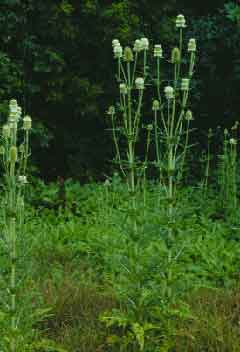
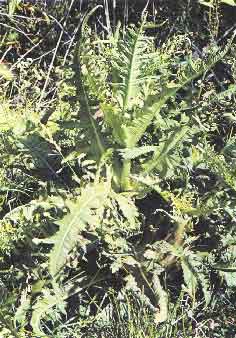
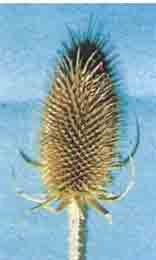
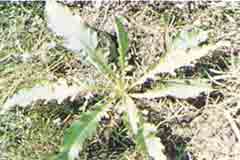
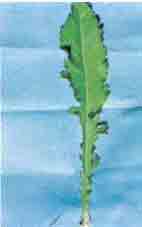
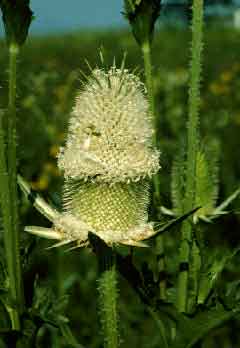
Photos courtesy of Iowa Noxious Weeds published by Iowa Department of Agriculture & Land Stewardship and K.R. Robertson, Illinois Natural History Survey
